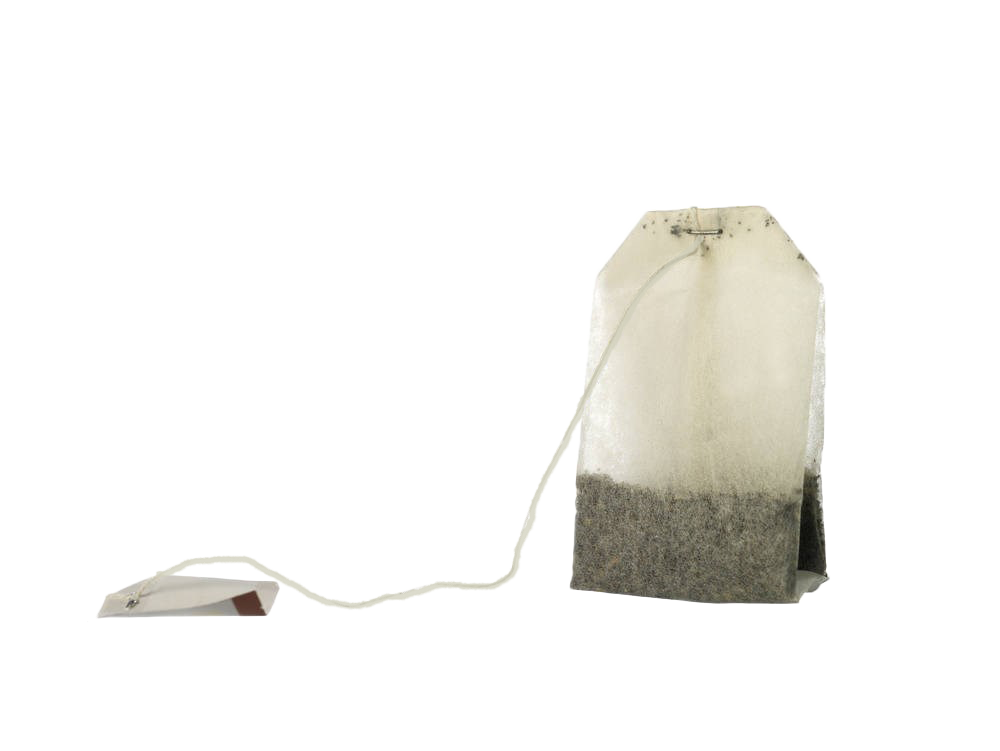
This image has format transparent PNG with resolution 1000x751.
You can download this image in best resolution from this page and use it for design and web design.
Tea bag PNG with transparent background you can download for free, just click on download button.
A tea bag, or the compound teabag, is a small, porous, sealed bag or packet, typically containing tea leaves or the leaves of other herbs, which is immersed in water to steep and make an infusion. Originally used only for tea (Camellia sinensis), they are now made with other tisanes ("herbal teas") as well.
Tea bags are commonly made of filter paper or food-grade plastic, or occasionally of silk cotton or silk. The tea bag performs the same function as a tea infuser. Tea bags can be used multiple times until there is no extraction left. Some tea bags have an attached piece of string with a paper label at the top that assists in removing the bag, while also displaying the brand or variety of tea.
Tea bag patents date from 1903, and the first modern tea bags were hand-sewn fabric bags. Appearing commercially around 1904, tea bags were successfully marketed in about 1908 by Thomas Sullivan, a tea and coffee importer from New York, who shipped his silk tea bags around the world. A popular legend states that this was accidental; the loose tea was intended to be removed from the bags by customers, but they found it easier to brew the tea with the tea leaves still enclosed in the porous bags. The first tea bag packing machine was invented in 1929 by Adolf Rambold for the German company Teekanne.
The heat-sealed paper fiber tea bag was patented in 1930 by William Hermanson. The now-common rectangular tea bag was not invented until 1944. Prior to that, tea bags resembled small sacks.
A broad variety of teas as well as other infusions like herbal teas, are available in tea bags. Typically, tea bags use fannings, the left-overs after larger leaf pieces are gathered for sale as loose tea, but some companies sell teabags containing whole-leaf tea.
Decorative tea bags have become the basis for large collections and many collectors collect tea bags from around the world. Tea bag collector clubs are widely spread around the world and members consist of people interested in items related to teas. Online collector clubs often include catalogs of tea bags, as well as collection tracking tools. In addition, tea bag collectors often collect other tea-related items such as labels. These websites also provide forums for discussions and trade arrangements between collectors.
Teabag folding began in the Netherlands and is often credited to Tiny van der Plas. It is a form of origami in which identical squares of patterned paper (cut from the front of tea bag wrappers) are folded, and then arranged in rosettes. These rosettes are usually used to decorate gift cards and it has become a popular craft in both the US and UK since 2000.
Soil scientists used standardized tea bags to measure the decomposition rate of organic materials in different soils.
In this page you can download free PNG images: Tea bag PNG images free download